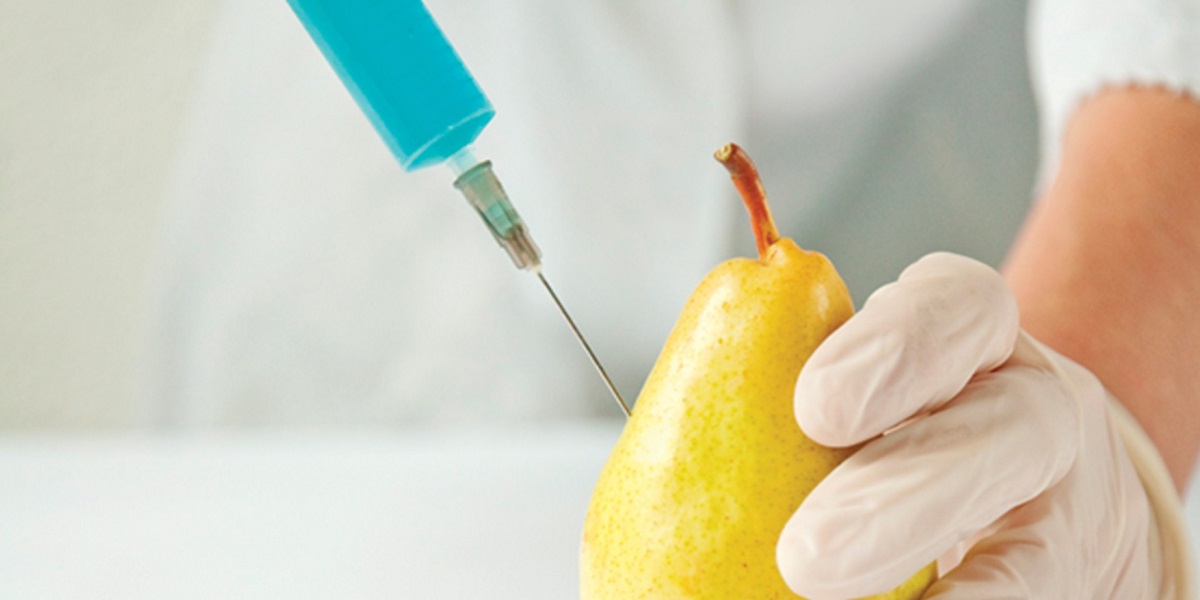The fight against food fraud
From meat to spices, is anything we eat what we think it is?

Behind the bomb-proofed doors of a laboratory in Northern Ireland, a short monotone bell rings: a warning that an electrical current is about to pass through the laser knife that Rachel Hill holds in her blue-rubber-gloved hand. Hill uses the laser knife to score a fillet of fish with a strange tattoo, leaving a burnt stripe. The bell rings again, and she makes another incision.
Next to her, a computer the size of a family fridge is analysing the smoke that rises from the lasered tissue. Thanks to a process involving rapid evaporative ionisation mass spectrometry (Reims), developed at Imperial College London, the computer can identify the smoke’s unique “molecular fingerprint”. This £500,000 machine, together with another £5m-worth of equipment in the Belfast-based Institute for Global Food Security, have inspired the lab’s nickname “Star Trek”, as it boldly pushes technological frontiers in the battle against food crime. The only other Reims machine in the UK is at Charing Cross Hospital, London, where it is used by the oncology department to distinguish between healthy and malign tissue. Here, the machine is being asked to make a formal identification of the fish fillet: is it cod? Or is it something else?
At Queen’s University Belfast, where the institute was established in March 2013, food analysis is inching ever closer to forensic investigation. Fraud, adulteration and contamination can happen to almost any edible commodity that you care to think of. Or, more likely, that you care not to think of — not just beef burgers with a hidden equine component but staples such as fish, spices and fruit juices.
After comparing the fish’s “fingerprint” against a library of species profiles, the computer presents its verdict. This time it’s not guilty: “cod”, reads the screen. But just as often, such tests will reveal fraud — cod mixed with something cheaper, whiting perhaps, or a different species entirely.
Professor Chris Elliott, the institute’s 56-year-old founder and an international expert on food integrity, puts it plainly: “What we eat and where it comes from, generally, we don’t know any more. It’s a very complex web. Every time you have a transaction [in the supply chain], there’s another opportunity to cheat.” And every week his lab picks up several cases of food fraud happening somewhere in the world. “If we think about Europe first of all,” Elliott says, “we pick up more and more reports now about the mafia getting involved in criminal activity in food. Part of that is because in other areas of criminal activity they’ve been involved in, they’ve been clamped down on.”
A passing colleague reminds Elliott that he has a pile of non-disclosure agreements to sign; Elliott nods his head ruefully. Samples sent to the institute for testing come from companies around the world, including the UK supermarket chains. Last year, for example, the institute surveyed dried oregano and found 25 per cent of the samples supplied from supermarkets, online retailers and corner shops contained substances other than oregano. Spinning on one of the high-tech screens is a mathematical representation of a new sample of “oregano” dotted with different colours for its adulterant parts: olive, myrtle and hazelnut leaves, as well as sumac, phlomis and cistus. In a little tray on the lab worktop, the green flakes look perfectly innocent. A researcher tests another sample with a handheld device that could eventually be used in key audit points of supply chains. “[In Star Trek] we can do any type of sample and any type of extraction,” says Simon Haughey, senior research scientist.